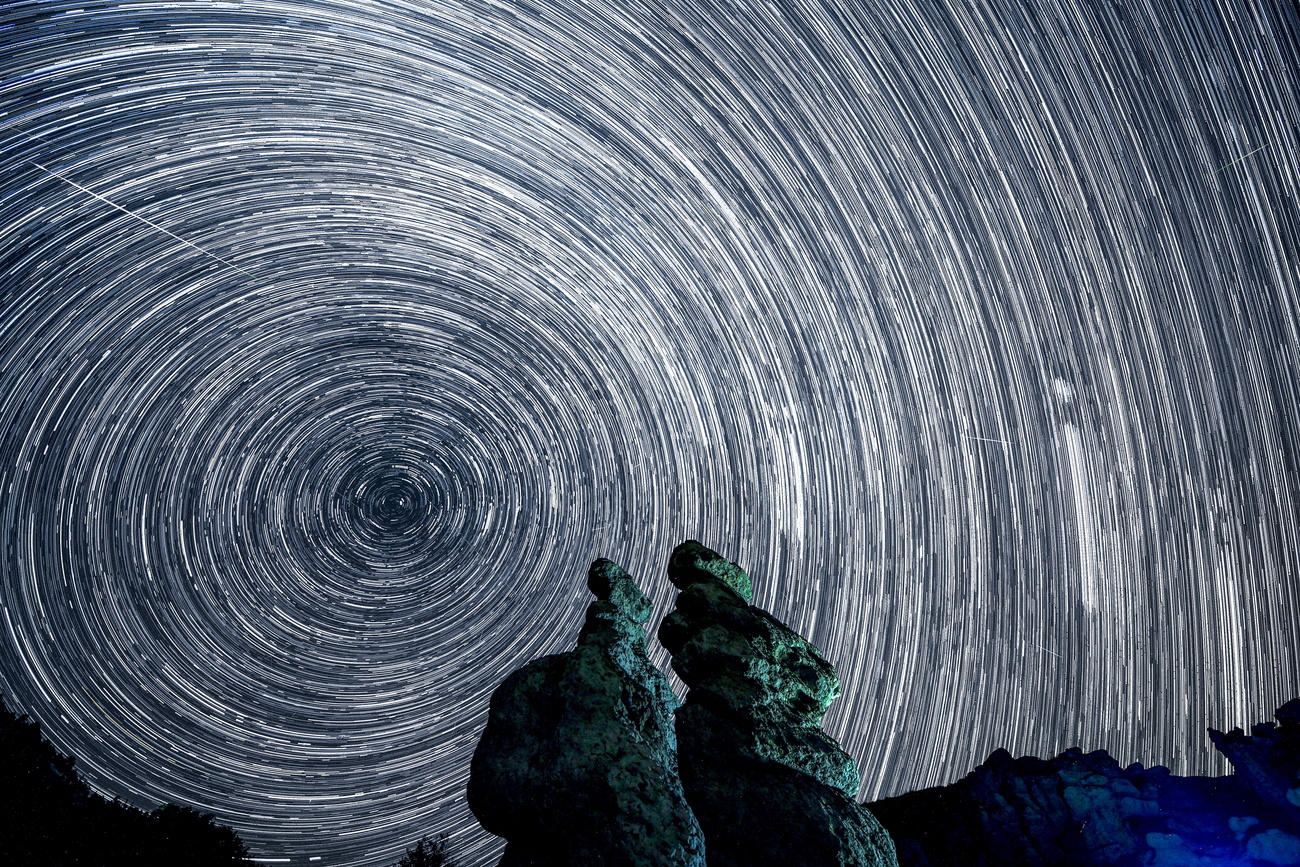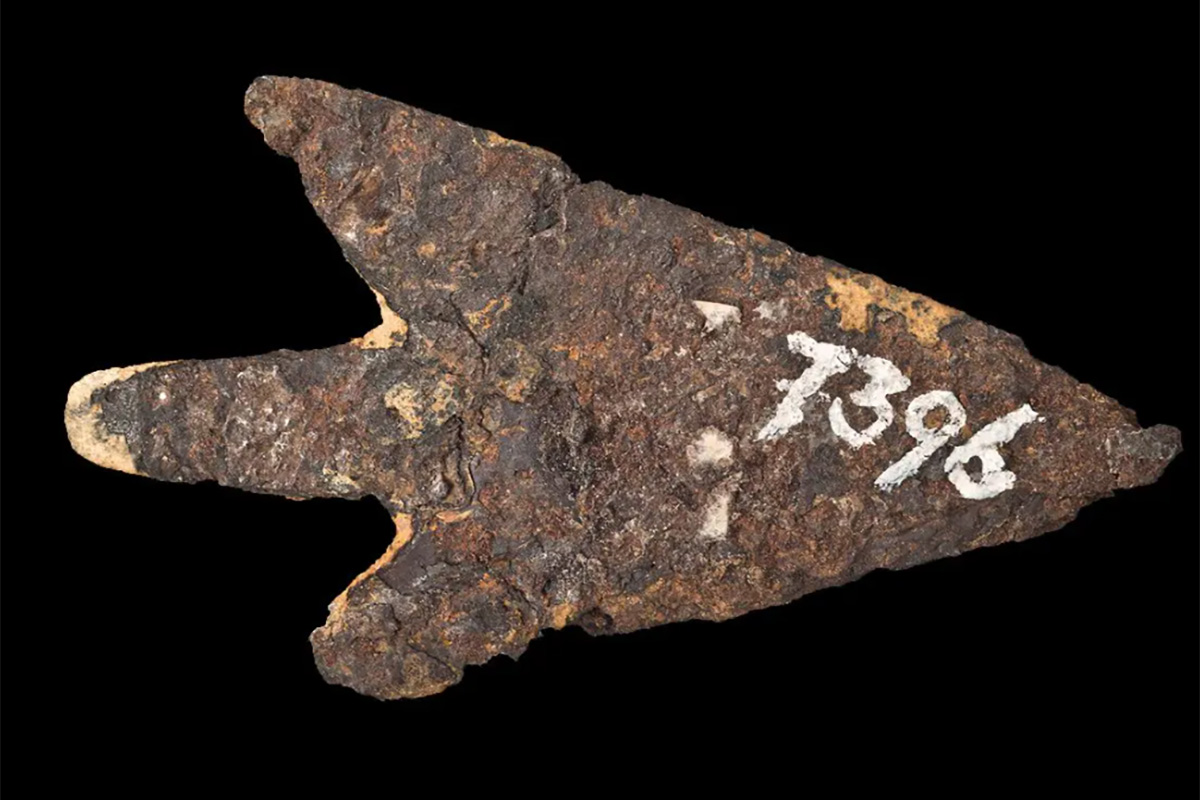
Swiss scientists revel in meteoric arrowhead with roots in Estonia

A Bronze Age arrowhead found on the shores of Switzerland’s Lake Biel was made using iron from a meteorite, according to Swiss research.
The arrowhead in question, which is 39 millimetres long and weighs 2.9 grammess, is preserved at the Museum of History in Bern. It was found in the 19th century during excavations at a Paleolithic site dating from 900-800 BC, according to a statement issued by the Museum of Natural History in Bern, which conducted the research.
Such metal objects from meteorites dating from before the beginning of the Iron Age (800 B.C.) are very rare. There are only 55 of them in Eurasia and the African continent. The scientists set out to find out whether the arrowhead came from the dispersal area of the Douanne Mountain meteorite, just a few kilometers away
To the researchers’ surprise, the arrowhead was not made from one of the 2,000 fragments of the iron meteorite that fell on the Douanne Moutain 170,000 years ago. It contained almost twice as much nickel compared to those fragments.

The most likely origin, given the composition of the metal, is the Kaalijarv meteorite. The latter fell around 1500 BC in Estonia and produced several craters up to 100 metres in diameter. This suggests that a trade in these fragments had developed.
To avoid damaging the precious artifact, scientists used state-of-the-art techniques. The analyses showed beyond doubt the metal’s meteorite origin, according to this work published in the Journal of Archaeological Science. The research was conducted by scientists from University of Bern with the help of colleagues in Germany and the Paul Scherrer Institute in Switzerland.
The finding raises the possibility that other objects in European museum collections are also of Estonian origin, conclude the scientists. They suggest that analyses be carried out in this direction. The arrowhead will be on display from February 1, 2024 to April 21, 2025 as part of the Place au bronze! exhibition at the Museum of History in Bern.

In compliance with the JTI standards
More: SWI swissinfo.ch certified by the Journalism Trust Initiative




























You can find an overview of ongoing debates with our journalists here . Please join us!
If you want to start a conversation about a topic raised in this article or want to report factual errors, email us at english@swissinfo.ch.